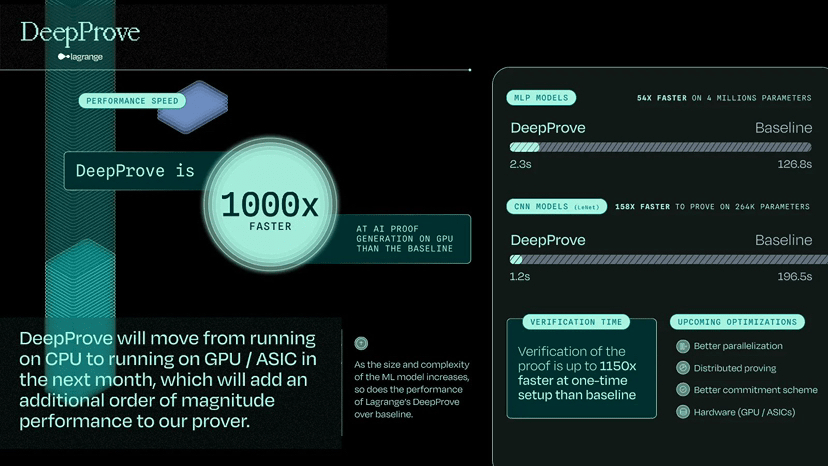In July, Binance HODLers airdropped 15 million LA tokens to compliant BNB holders (approximately 1.5% of the total genesis supply) and opened spot trading pairs on July 9 (USDT/USDC/BNB/FDUSD/TRY, etc.). The immediate effect of this operation was to broaden the audience significantly, but whether it will be beneficial for the project in the long term depends on whether the value reflow path is clear.
Reflow relies on two lines: the first is usage fees and subsidies. LA serves as network fuel, where developers pay according to tasks and operators receive subsidies based on output; if the coverage of DeepProve's model expands and task volume increases, 'the more people use it, the harder the use cases for LA'. This point is clearly stated in the foundation's design and MiCA white paper: staking and delegation are not only secure, but a portion of emissions is intended to be allocated to 'proof tasks with computing power shortages'.
The second aspect is governance and resource scheduling. As the demand for proofs fluctuates between different tracks (AI inference, rollup aggregation, ZK co-processors), the network needs a mechanism that can dynamically adjust parameters: incorporating emissions, rewards, blacklisting, and reputation scoring into governance topics. Such 'resource allocation rights' are a long-term value proposition, rather than a one-time airdrop of emotional dividends.
At this point, don't forget a 'cooling reminder': Airdrops and launches can bring liquidity and attention, but they do not equate to sustainable demand. What truly determines the value of LA is whether the task volume in the deep water zone (large model inference, cross-chain, and bulk proofs of large applications) continues to climb, and whether the network's tail extension and failure rate remain stable after expansion. If the latter cannot be achieved, the token reflow path will stall—this is a common 'growth trap' in the industry.
@Lagrange Official #lagrange $LA
